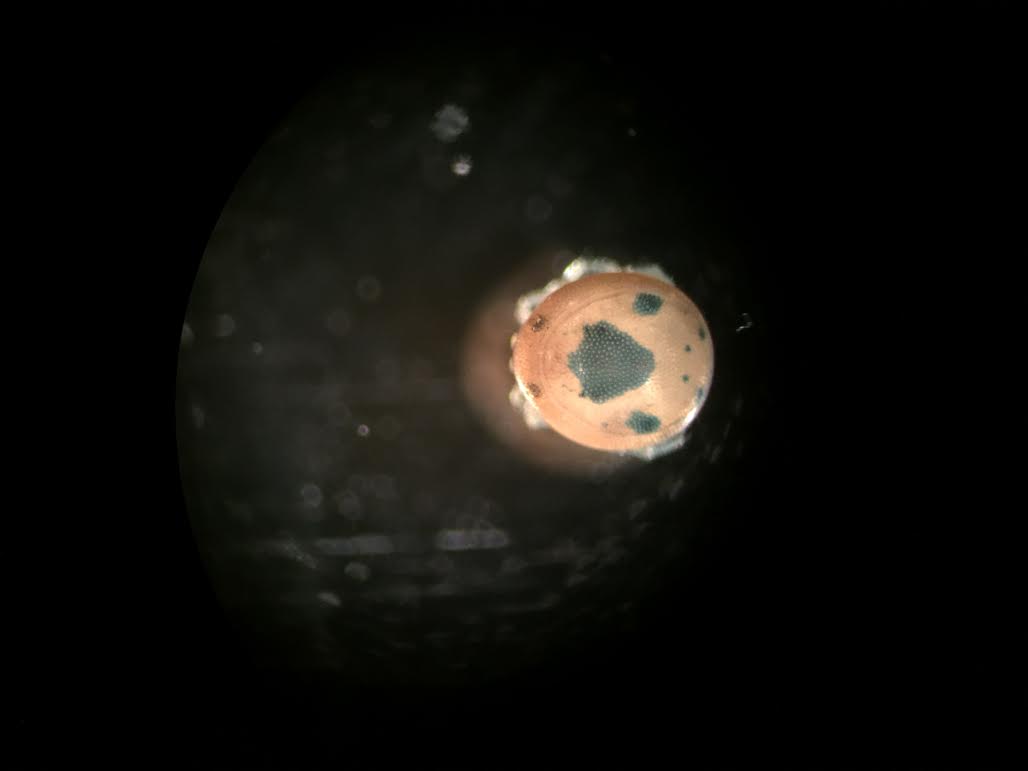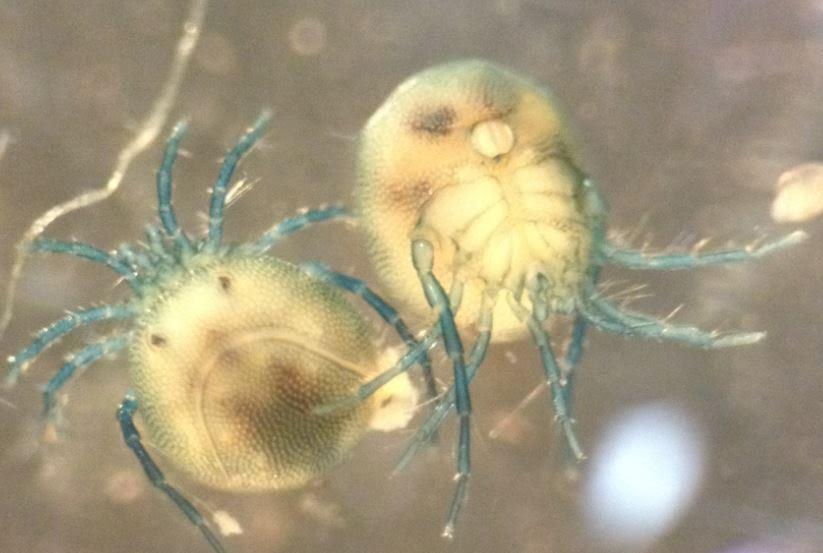In a prior post summarizing the annual Michigan Physiological Society Meeting, I briefly mentioned the work from Adrian Vasquez, Milad Qazazi, Andrew Failla, Sanjay Rama, Samuel Randall, and Jeffrey Ram from Wayne State University, Detroit, MI).
They were exploring the diversity of water mites, a type of arachnid, in Western Lake Erie and they found a mixture of both native and invasive species.
Dr. Jeffrey Ram, Professor at the School of Medicine at Wayne State University, was kind enough to share images from their work. They refer to these particular water mites as "charismatic microfauna" owing to their beautiful markings and coloration.
The one on the left looks like me before I have coffee in the morning:
Aside from studying these cute little arachnids, Dr. Ram has been researching ways to protect and ideally restore the Great Lakes ecosystem so it can continue to support recreational activities, transportation and, of course, wildlife. Threats to the Great Lakes ecosystem include wastewater and other contaminants, lost or damaged habitats, as well as invasive species (like some water mites).



Its good for everyone